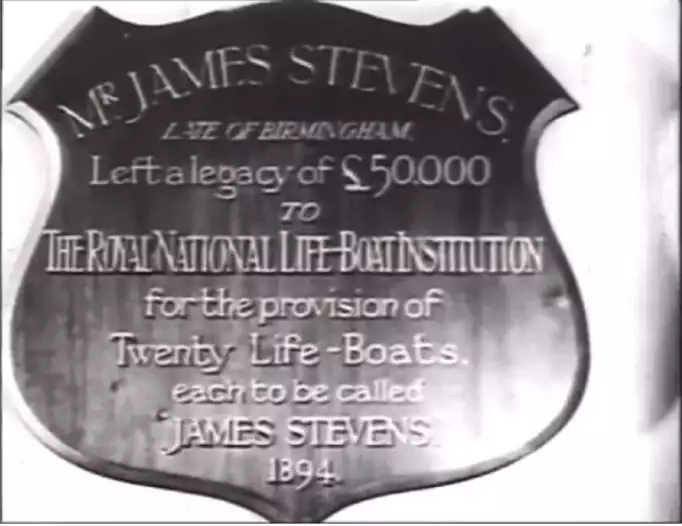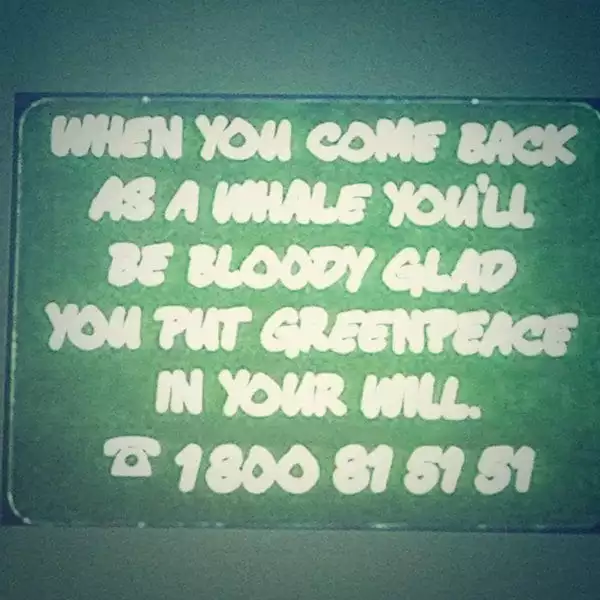Bringing legacies to life through film
What’s the greatest gift you could give to your supporters? Quite possibly, it’s offering them the opportunity for their values to live on after they have died.
Many causes already do this very successfully, whereas others are still at an early stage of engaging supporters effectively in a conversation about legacies. Here, Angeline Swan of DTV looks at how film can play an effective part in helping talk about a topic that may have once felt taboo.
Let’s be honest, a film alone is unlikely to have someone rush immediately to write your cause into their will. We know that the entire process is way more personal and nuanced than that. So when we consider film as part of a wider legacy campaign, we need to recognise the many other factors that may be at play.
People’s motivations for remembering a cause in their will can be many and varied. And so too are the ways in which a legacy conversation can be developed. It may include personal conversations, events, printed materials, or online information. And increasingly it will include film.
Causes are increasingly taking a more strategic approach. Gone are the days when direct marketers simply offered booklets on how to make or change your will. Such offers can still play a role but it is now more common to talk directly about legacies through a range of channels.
Today’s legacy ‘promotion’ is very much about having the right conversation. And with legacy income being the biggest source of unrestricted income for UK charities, it’s a conversation well worth having.
With around 50% of all UK adults yet to make a will, but legacy income already accounting for 12% of sector income, one can easily think this is a numbers game. But rather then numbers, legacy engagement is all about values.
Make a values connection
All fundraising should be values driven and emotional, and even more so when it comes to legacies. That’s partly why the dramatic and emotive medium of film is becoming more widely used. But let’s not pretend this is entirely new. The UK’s Royal National Lifeboat Institution was using film to promote legacies and offer tangible, lasting donor recognition back in the 1950s. Strong supporter relationships are part of the RNLI’s DNA. Little wonder that their annual legacy income has broken the £150million mark in the past few years – and is now around 40% of their annual income.
Legacy promotion is clearly about the needs of the cause, but even more about the needs and values of the supportes. You can offer supporters the opportunity for their values to live forever. What a fabulous offer!
Film as strategic stewardship
Effective legacy films will dovetail with other forms of promotion. This isn’t about ‘closing a sale’; it’s enhancing the connection and the ongoing relationships you have with supporters.
Film can enrich existing contact with supporters or create new opportunities in all forms of stewardship, including:
• by community fundraisers when meeting groups of supporters
• on private sites such as charity shops, lifeboat stations, shopping mall displays or other places where you promote your cause
• on your website – where people are already interested in you
• to enhance the emotional connection within direct mail, email or face-to- face meetings.
Film helps you do things that can enhance people’s readiness to consider a legacy gift, such as:
Advertisement
- Strengthen emotional connections
This can be done through powerful first-person stories from those who need help or have been helped and using assets such as music, which can provide an amazing emotional shortcut. - Build trust
Film and TV are trusted media, and trust is essential if someone is to give you a gift to spend after they have gone. - Establish long-term need
This is vital, as few of us plan on dying soon, and thus we need reassurance that our gift will be needed long into the future. - Prove impact
Demonstrating the impact of gifts is becoming more important in all forms of fundraising.
Does DRTV have a role to play?
Some causes have already used direct response television (DRTV) as part of their legacy promotion. Such appeals can differ a great deal from the proven DRTV model. ‘Traditional’ DRTV will have a very simple need and solution, a clear and tangible role for the supporter and a relentless urgency.
Legacy DRTV on the other hand may be more about the values connection with the viewer, and this has much more in common with brand advertising than it does with direct response work. For example, UNICEF’s bequest DRTV made a strong connection with baby boomers – the generation that ‘had it all’: music, fashion and the heart to make the world a better place.
This isn’t about driving short-term direct response, but instead is about:
• promoting consideration of a gift to those who may never have thought of it
• providing a prompt or reminder to those who have considered it but not taken action yet
• reaffirming the importance of the gift to those who have already included a gift in their will.
There is thus the potential for legacy TV to more effectively fulfil the role once reserved for brand awareness TV. Like brand TV, bequest TV offers good causes the chance to champion their strongest values but brings the added advantage of inspiring potentially significant bequest income.
Reaching your audience
Values-driven baby boomers present a clear potential audience. These are major TV viewers and, of course, digitally savvy and so consume large amounts of film through any available screen. For this audience there has never been a better time to communicate via film. But don’t rule out reaching older audiences too, such as those aged 75 plus who may still be considering how they want to shape their final will.
Taboo no more
The world is getting less inhibited at talking about the fact that none of us live forever. For example, the whole idea of the bucket list and things to do before you die has entered popular culture.
More forthright causes such as Greenpeace recognised this long ago with their legacy beer mat, (originally a poster at Sydney’s Mardi Gras parade): When you come back as a whale you’ll be bloody glad you put Greenpeace in your will!
Of course, not everyone is looking for protection as a reincarnated whale… people’s motivations for leaving a gift in their will can vary enormously.
The good news is that fundraisers will increasingly be talking to supporters who are not in denial about their own mortality, and who will be more open to the opportunity of seeing their values live on.

The UK’s Royal National Lifeboat Service was offering legacy donor recognition back in the 1950s

The Greenpeace bequest beer mat
Angeline Swan is Group Development Director at DTV Group and a passionate fundraiser and direct marketer. She is an advocate for using film in all forms of fundraising and has helped create responsive TV and film appeals for many good causes across the globe.
Main image: as seen on TV – by squarelogo on Shutterstock.com




